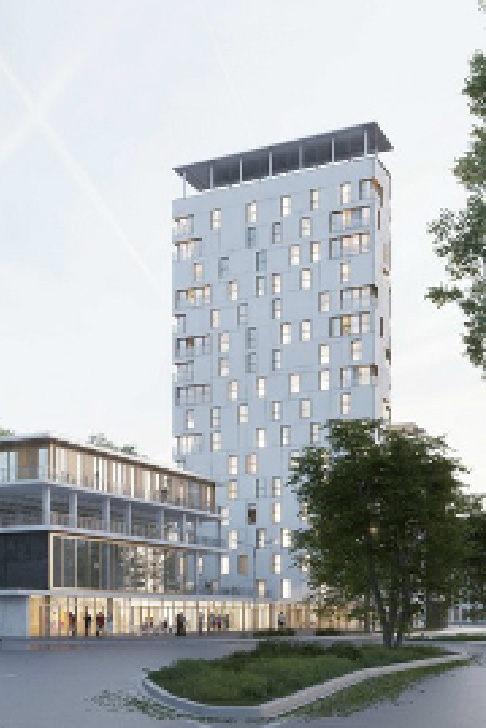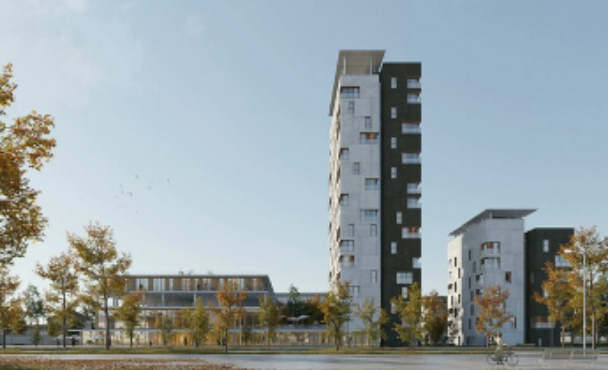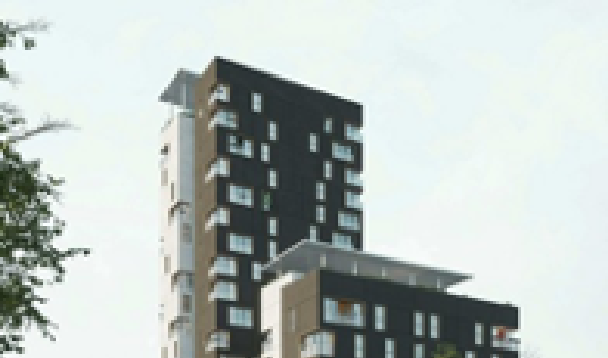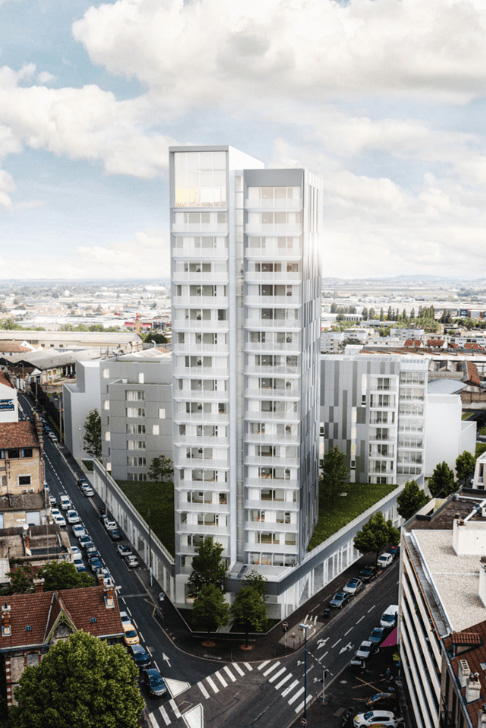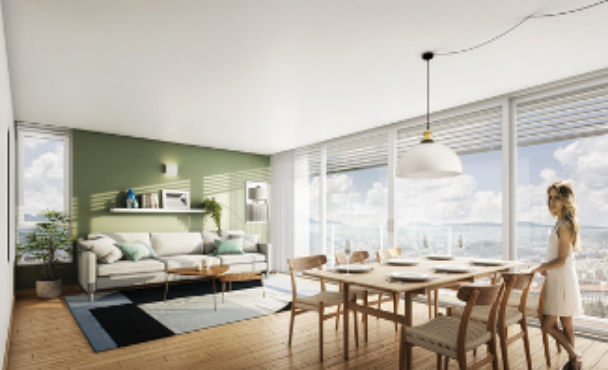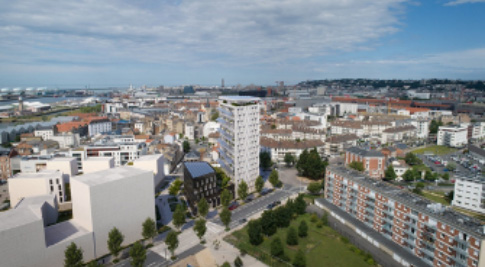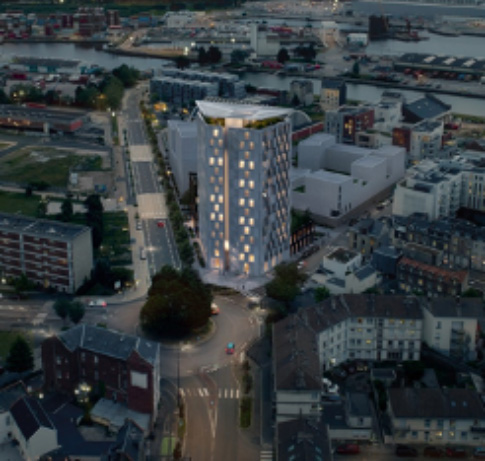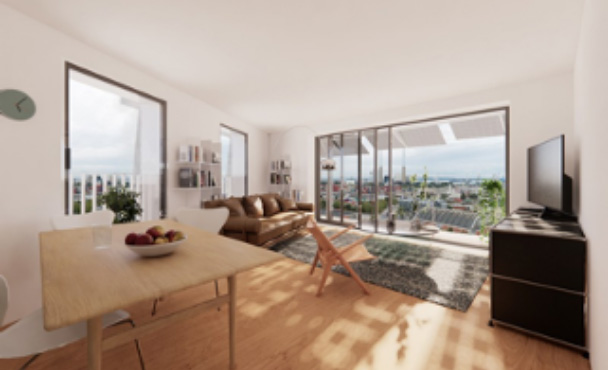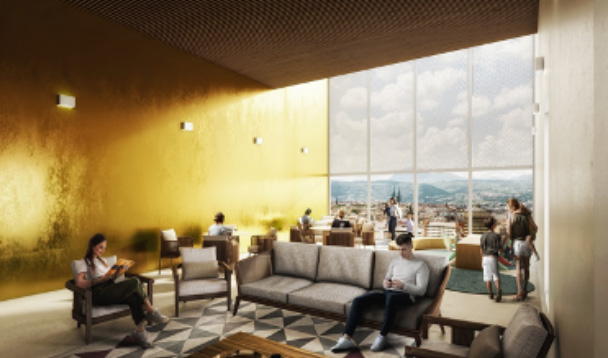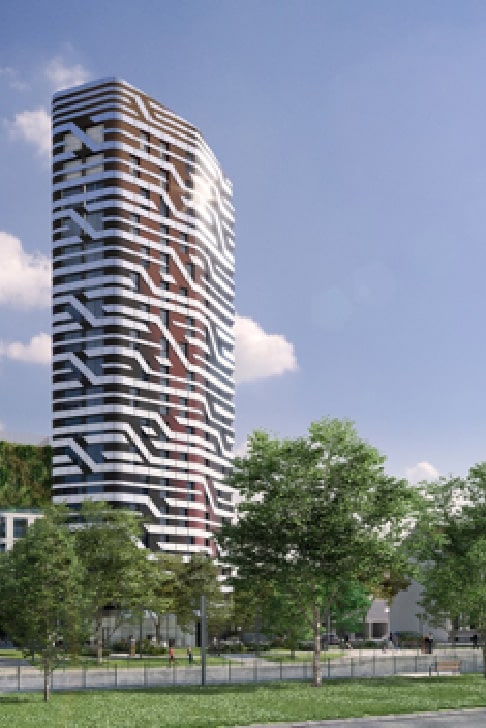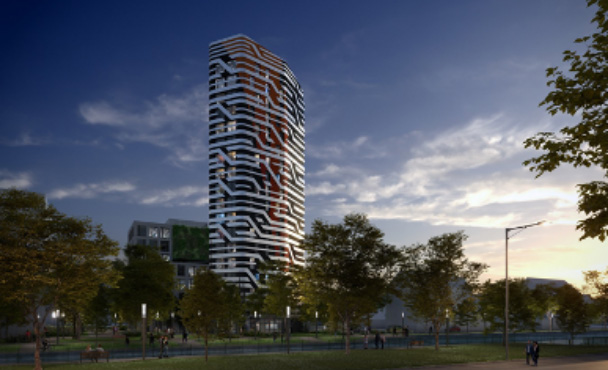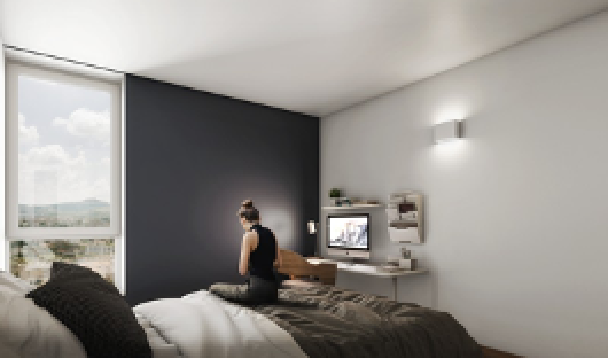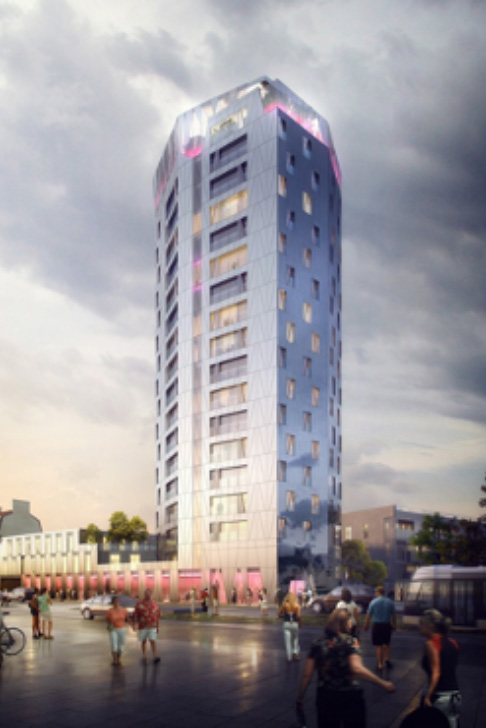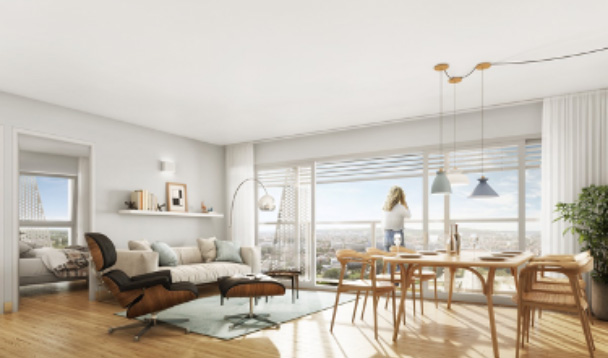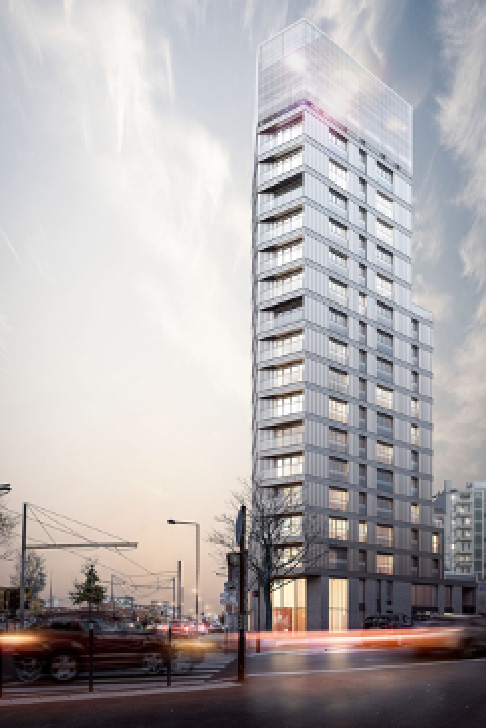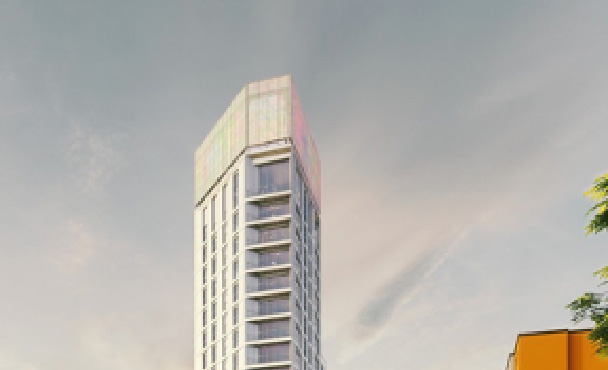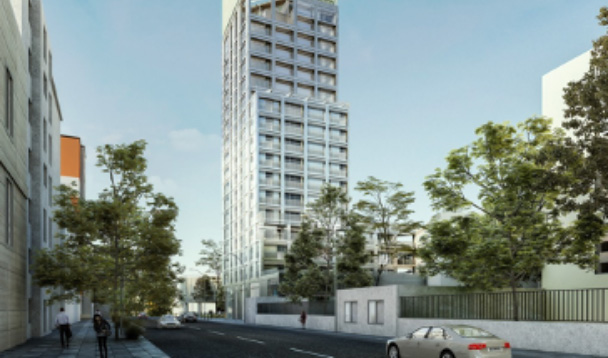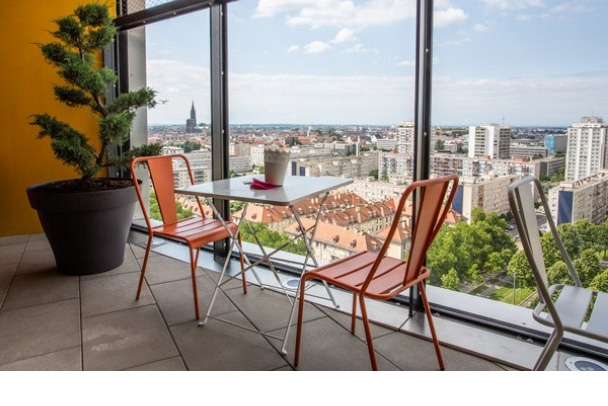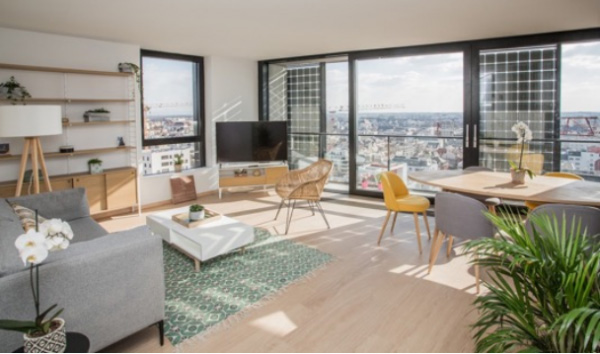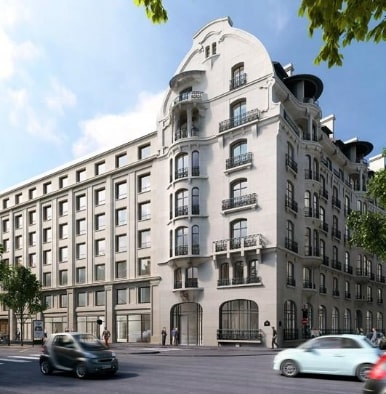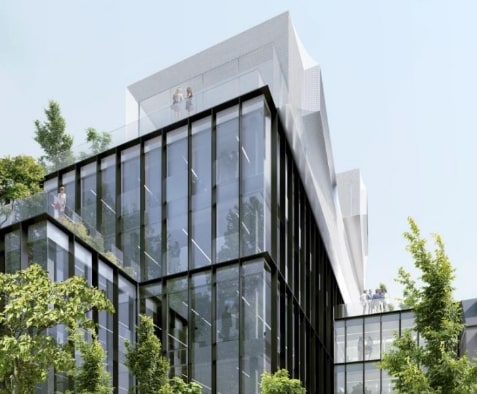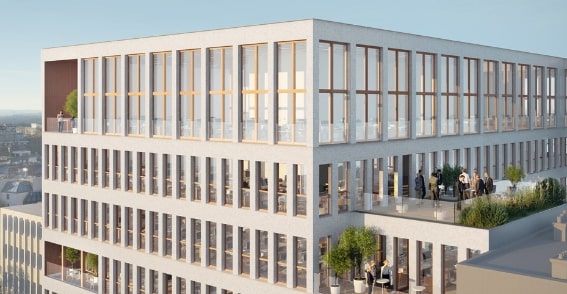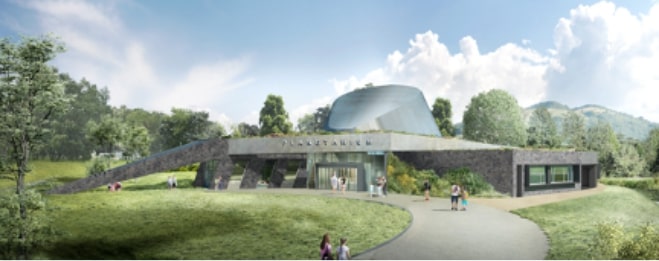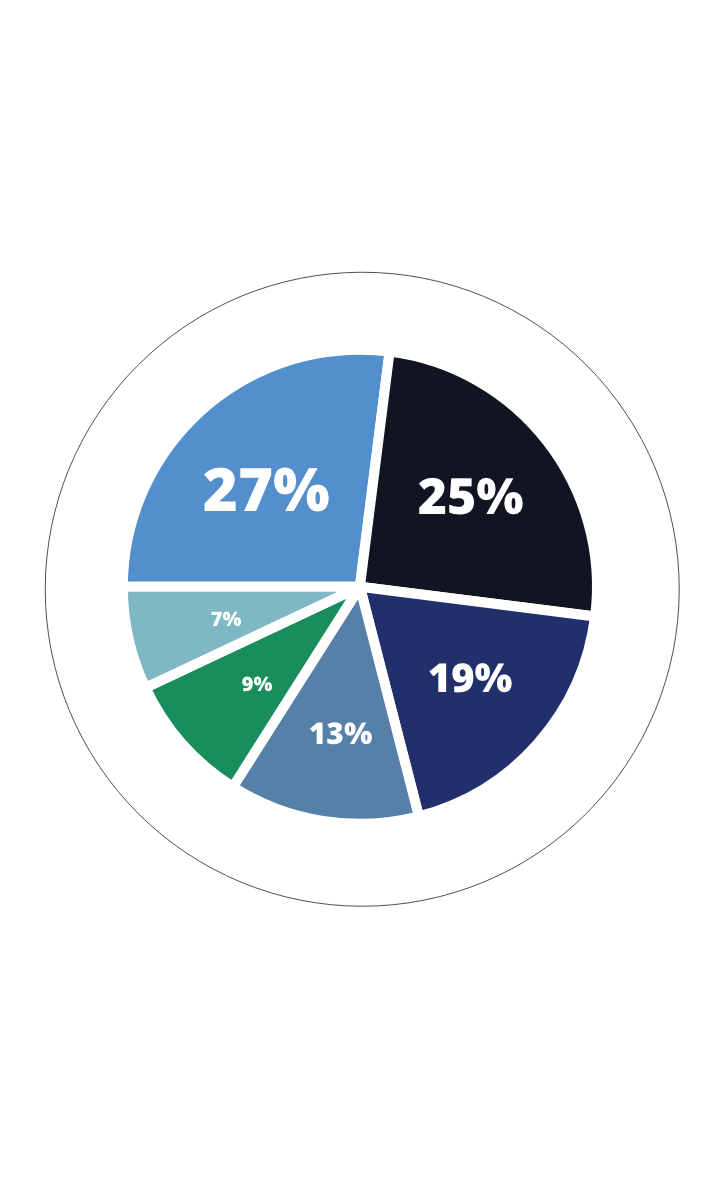Thierry Bièvre: “Eco-building is good, but eco-design is essential for households”
the 08/03/2021

For Thierry Bièvre, president and founder of the Elithis Group, “the new environmental regulation RE 2020 brings many advances on the construction level, but seems to forget the user as a beneficiary and beyond”.
Reducing the carbon footprint of households and increasing their purchasing power: this is the objective of positive energy. Residents and elected officials must be able to easily identify homes that consume little or no more energy than they produce and sustainable real estate projects that are committed to the planet, thanks to a “display” that users can understand.
Designing and building positive energy buildings means imagining housing where households also have the possibility of no longer paying their energy bill. According to the National Observatory of Fuel Poverty (ONPE), in 2018, 6.8 million people were experiencing difficulties related to their energy supply in metropolitan France. It is therefore essential that the free energy that the building can produce thanks to natural energy (solar, wind, geothermal) is taken into account. According to the Elithis model, the building producing its renewable energy generates a complement of resources for the households (either in substitution of an energy supplier, or by the sale or by resale of the surplus). This way, they can increase their purchasing power while decreasing their carbon footprint.
Communities also stand to benefit from positive energy. Faced with a decrease in their allocations, they are finding it difficult to pay their energy bills. An average city of 30,000 inhabitants spends nearly 5,000 euros every day on managing its utilities (water, gas, electricity). In a positive energy building, the energy produced by the building can be self-consumed, resold and/or used, for example, to power charging stations for electric vehicles, to raise the level of collective infrastructure such as a municipal swimming pool or to heat the hot water of its neighbors. By interacting, the building, too often perceived as a threat to the environment, becomes a solution and a relay.
The new environmental regulation RE 2020 brings many advances in terms of construction, but seems to forget the user as a beneficiary and beyond, as a lever. The energy expenses of a household go beyond the simple functions related to the “building”: the way of life, the household appliances, the family office and the telecommuting… are to be taken into account to globalize our environmental impact. Eco-building is good, but eco-designing to allow the user to act on a wider perimeter is a necessity. The human being must be placed at the heart of the system. Positive energy has the triple advantage of increasing your purchasing power, improving your comfort and reducing your carbon footprint.
Households need clear benchmarks to choose their housing. That’s why Elithis calls for the creation of a “user” label aiming at clearly identifying positive energy constructions, i.e. buildings that produce more energy than they consume. Comparable to the energy labeling already in place for household appliances, which allows consumers to identify energy-efficient machines, this display would meet the needs of households and lead to the evolution of the entire construction for greater comfort and a better quality of life for users, while respecting the environment.



